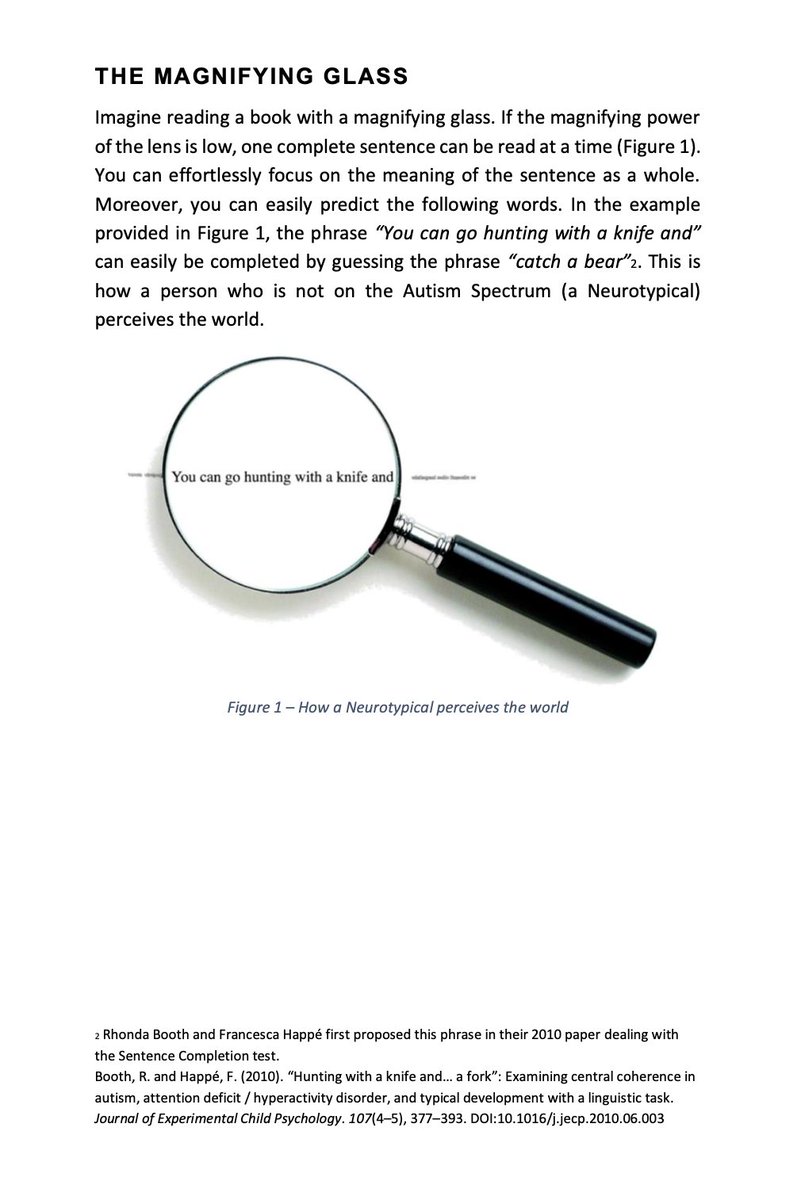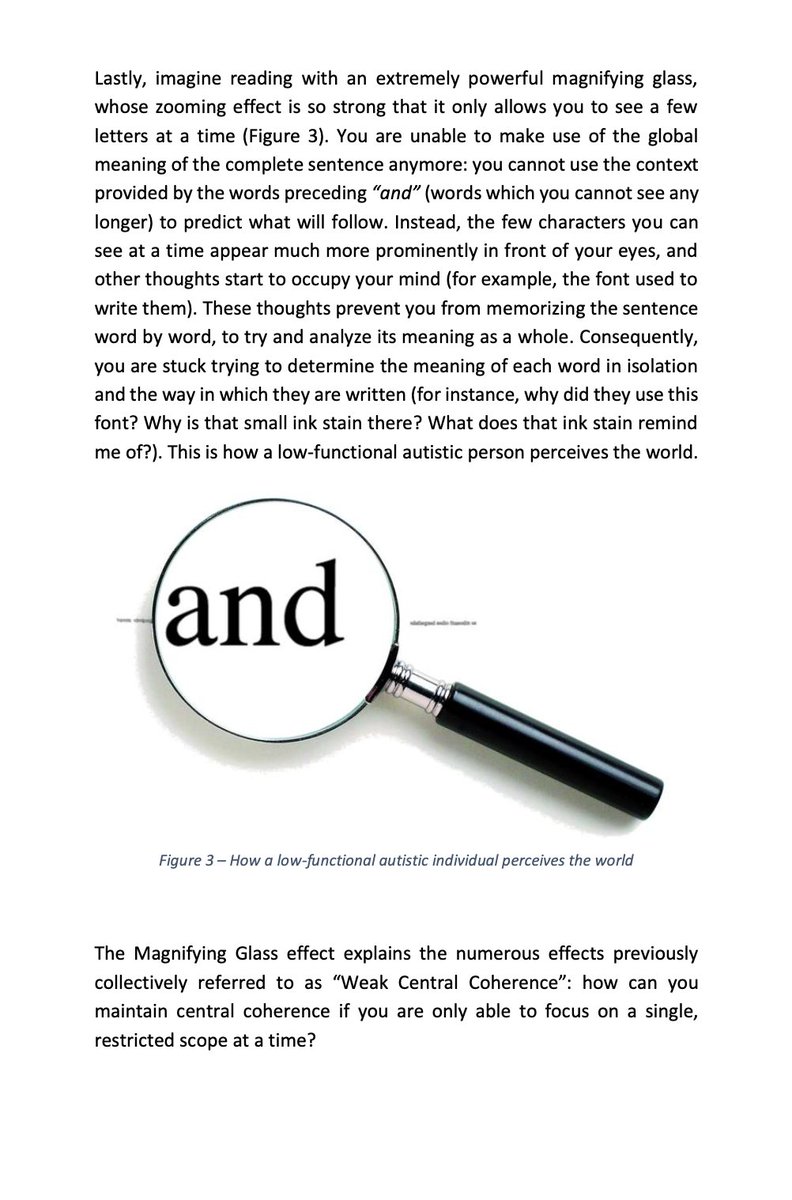
THE HIVE MIND FALLACY
Principle: organizations are not influenced by incentives weighting on it; instead, their behavior is determined by the incentives weighting on the decision makers inside them.
This is because organizations have no agency; no hive mind.
Thread,
1/N
Principle: organizations are not influenced by incentives weighting on it; instead, their behavior is determined by the incentives weighting on the decision makers inside them.
This is because organizations have no agency; no hive mind.
Thread,
1/N

2/ Let me explain with a metaphor.
When we talk about a colony of bees, we often believe it has a collective will (the "hive mind").
However, it never takes decisions itself.
Instead, its bees take INDIVIDUAL decisions, whose result converges on a group behavior.
When we talk about a colony of bees, we often believe it has a collective will (the "hive mind").
However, it never takes decisions itself.
Instead, its bees take INDIVIDUAL decisions, whose result converges on a group behavior.

3/ The same applies to companies. How often do we read headlines such as "Apple decided to design a car"?
However, Apple doesn't have agency.
Its managers do.
The decision was the result of individual managers taking decisions based on their individual information & incentives.
However, Apple doesn't have agency.
Its managers do.
The decision was the result of individual managers taking decisions based on their individual information & incentives.
4/ This matter because group incentives never affect group behavior unless they are translated to individual incentives.
If the government creates a policy fining companies that pollute, companies will keep polluting unless the fine somehow affect its managers.
If the government creates a policy fining companies that pollute, companies will keep polluting unless the fine somehow affect its managers.
5/ The hive mind fallacy: our tendency to believe that groups have agency.
Instead, group behavior is determined by the individual decisions of its components, each acting based on what it knows and on its individual incentives.
Instead, group behavior is determined by the individual decisions of its components, each acting based on what it knows and on its individual incentives.
6/ We can describe the behavior of a group at the group level; but to explain it, we must study it at the individual level.
(and considering the interactions between individuals, of course)
(and considering the interactions between individuals, of course)
7/ By the way, the hive mind fallacy also applies to markets.
There is no such thing as "the market did X"; only "market participants did X".
(Or, more precisely, "the market did X" can only describe an outcome but not explain it.)
There is no such thing as "the market did X"; only "market participants did X".
(Or, more precisely, "the market did X" can only describe an outcome but not explain it.)
• • •
Missing some Tweet in this thread? You can try to
force a refresh















